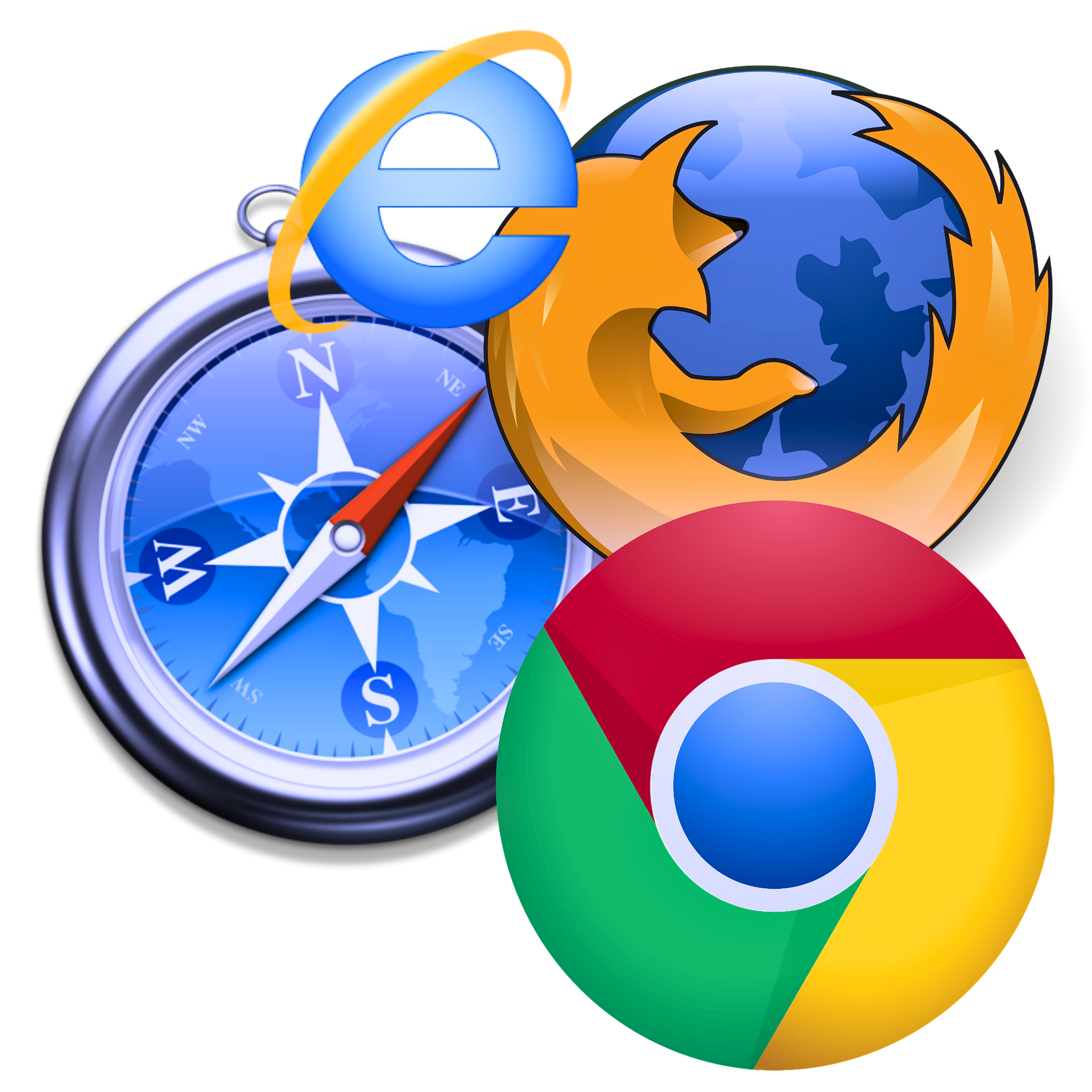The majority of us, let’s face it, can’t go more than ten minutes without looking at our phones, searching for random information on Google, or watching endless cat videos. However, the internet—the magical tool that enables us to accomplish all of this—did not appear out of thin air. It has a history. And truthfully? It’s a really cool one.
The history of the internet began in the late 1960s, when computers were even more popular than hairstyles. Herein lies the role of our old friend ARPANET.

The Advanced Research Projects Agency Network, or ARPANET, was essentially the grandfather of the internet. It began as a U.S. Department of Defense-funded project in 1969. Its purpose? to develop a means of long-distance communication between researchers and military personnel—even in the event of a nuclear conflict. For nothing says “urgent message” more than having to send someone an email in the middle of the end of the world.
Packet switching was the unique feature of ARPANET. Data was broken up into smaller pieces (packets), sent through various routes, and then put back together at the other end rather than sending the entire message at once, which was slow and dangerous.
It was like turning your love letter into a bunch of postcards and leaving it to be put back together by the postal service. Somehow, it worked.
Things literally pick up speed after a short while. In the 1970s and 1980s, clever people developed TCP/IP (Transmission Control Protocol/Internet Protocol). Think of it as the handbook for network data flow. A virtual party could be created by multiple networks connecting and interacting with each other via TCP/IP. When ARPANET formally adopted TCP/IP in 1983, the internet as we know it started to take shape.
When computers became small enough (and not just for NASA scientists) in the late 1980s and early 1990s, people began to own them at home. Enter British man Tim Berners-Lee, who seemed fed up with flipping between dull scientific data pages. Therefore, in 1989, he proposed the World Wide Web as a way to connect documents using hypertext. It was like creating a knowledge network with clickable concepts. Yes, all of the rabbit holes you fall into at two in the morning are his fault.
We had email, websites, and even the first search engines by the middle of the 1990s. Half robotic screaming, half digital magic, the sound of a dial-up modem connecting to the internet became iconic. (You’re lucky if you haven’t heard itSpeeds were slow, and if someone answered the house phone, your entire connection would drop. There was chaos. 56k chaos, oh my god.
But then things changed. Getting broadband had two advantages: faster speeds and fewer phone-related arguments in the family. Streaming music gained popularity.
Next, the video. And at some point, even when we weren’t laughing, we began to end our sentences with “LOL.”
By the late 2000s, smartphones had completely changed the landscape. With 3G and 4G mobile networks, people could browse, stream, and post selfies from anywhere, even while waiting for coffee. Social media took off, memes became a language unto themselves, and the word “Google” became a verb (“Don’t know it? Just Google it!”).
We are now in the 5G era. With speeds that will make your old Wi-Fi seem like a tortoise on a lazy day, this new generation of mobile networks is lightning fast. Although, let’s face it, that’s a nice bonus, 5G isn’t just about speedier TikTok loading. It’s about making technology like augmented reality, smart cities, remote surgeries, and self-driving cars possible. In other words, a time when the internet connects everything—not just people—is upon us.
Great power, of course, also brings great memes and fake news. And endless ads for things you Googled five weeks ago. But that’s the internet—wild, incredible, and a little scary.
Looking back, we’ve made great progress. While massive machines whisper data over phone lines, lightning-fast wireless networks are beaming live cat videos into our eyes. The internet has evolved from a military experiment to a vital aspect of modern life.
So the next time you’re rage-refreshing your Wi-Fi or buffering a YouTube video, remember that you are standing on the digital shoulders of nerdy giants. And somewhere out there, a dusty old ARPANET machine is probably still giggling.


